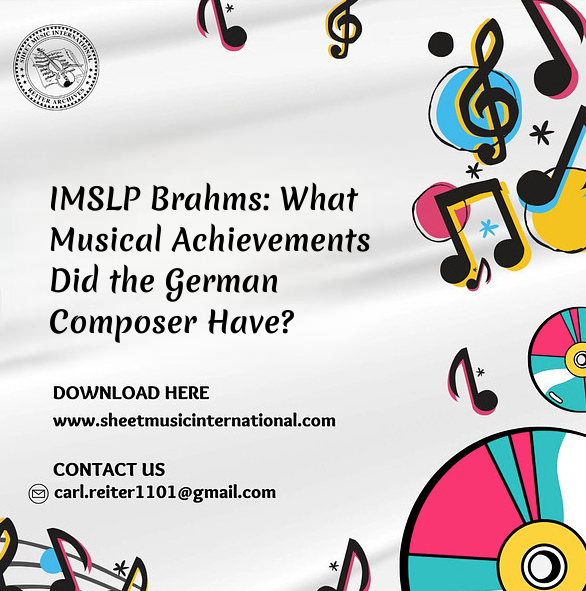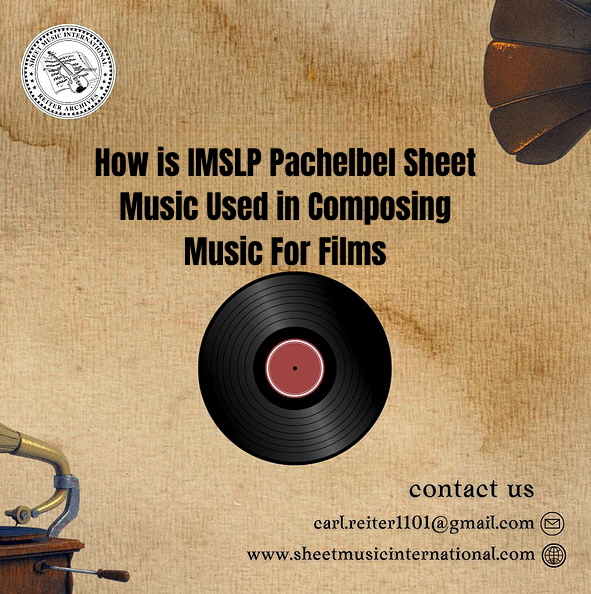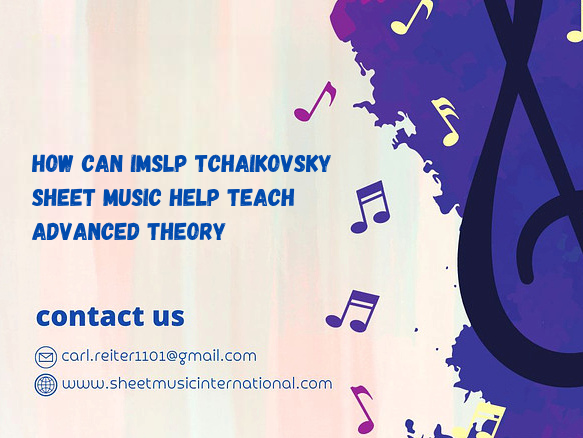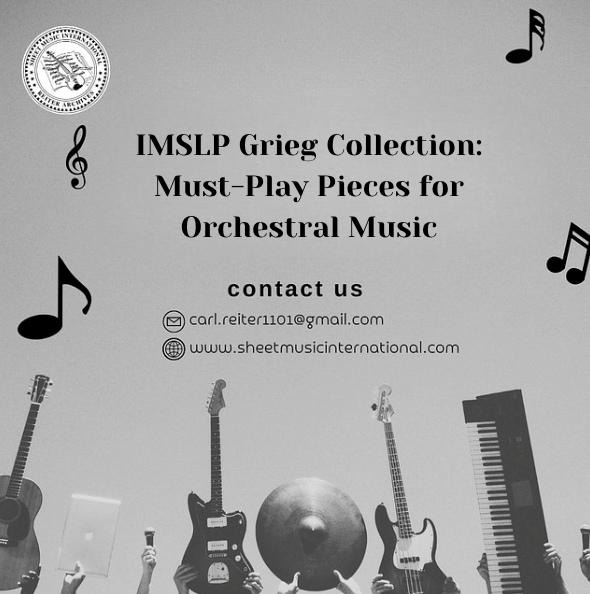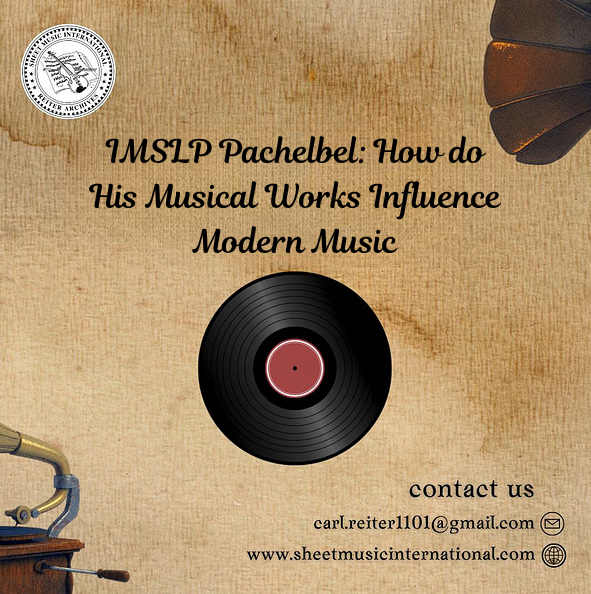
Your Request is under process, Please wait.

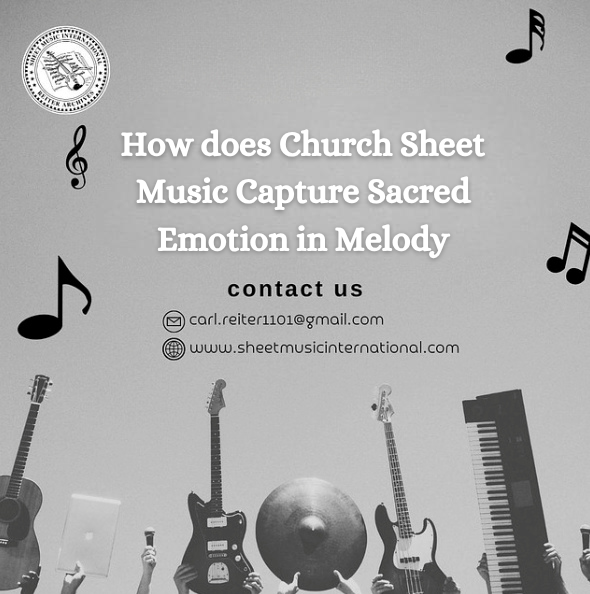
There is something timeless about the music heard in sacred spaces. Whether sung by a choir or played softly on an organ, church sheet music has the remarkable ability to evoke deep emotional and spiritual responses. It's not just the lyrics or setting that move the listener - it’s the melody.
There is something timeless about the music heard in sacred spaces. Whether sung by a choir or played softly on an organ, church sheet music has the remarkable ability to evoke deep emotional and spiritual responses. It's not just the lyrics or setting that move the listener - it’s the melody. The structure, phrasing, and emotional rise and fall of sacred melodies can carry a congregation into reflection, solace, and even quiet joy. This power doesn’t come by chance. It comes from centuries of composition rooted in both devotion and technique, all designed to speak directly to the human heart.
Melody in church music is crafted with deliberate emotion. It often begins with simplicity - gentle phrasing and stepwise motion - and gradually unfolds into more expressive territory. These melodies are not hurried. They breathe. They offer room for thought, prayer, and participation. In many ways, the melody becomes a conversation between the music and the soul. In the same way that Fur Elise sheet music is designed to evoke sentiment and introspection, so too are the hymnals, chants, and anthems found in sacred music. But unlike classical performance pieces, church music invites the entire room to join the emotional experience.
What makes the melody in church sheet music so resonant is its clarity and purpose. Most sacred melodies are built using simple intervals, repeated motifs, and easy-to-follow phrases. This simplicity is intentional. It makes the music accessible to both amateur singers and seasoned musicians, allowing emotion to lead the performance rather than technical mastery.
However, simplicity doesn’t mean plainness. On the contrary, these melodies often contain subtle nuances - gentle suspensions, elegant resolutions, and phrases that rise and fall with a natural rhythm. This kind of structure can make even the most modest hymn feel profound. A good example is the way certain chants or hymns swell toward the end of a phrase, giving the impression of emotional release. These movements, though subtle, are powerful when layered with sacred intention.
While church music is often associated with choral singing, instrumental music plays a vital role as well. String instruments, especially the cello, have become an emotional bridge between written melody and heartfelt delivery. A deep, resonant cello line can elevate even the simplest church hymn into something soul-stirring. Many composers and arrangers now include sacred compositions in the cello repertoire list, recognizing the instrument’s ability to mirror the human voice in tone and phrasing.
Organ and piano arrangements further enrich sacred melodies, adding depth and movement to the music. These instruments provide not just harmony, but mood. A quiet prelude, a contemplative interlude, or a triumphant postlude - all these moments shape how the listener engages emotionally with the worship experience. It’s no surprise that adaptations of well-known classical pieces like Fur Elise sheet music are sometimes included in church settings, modified to serve the mood of the moment.
Another reason church sheet music carries such emotional power is its universality. The same hymn sung in an English village chapel can be found echoing in an African cathedral or an American city church. Despite language or cultural differences, the emotional core of the melody remains the same. That shared experience creates a kind of musical unity - one that surpasses borders and brings people together in collective emotion and purpose.
Many sacred compositions have been preserved for centuries, yet their impact feels immediate and relevant. The same emotional response evoked hundreds of years ago still resonates today. That’s the mark of a truly powerful melody - it speaks to something in us that doesn’t change, even when everything else does.
In an era driven by fast content and digital trends, the lasting emotional richness of church sheet music reminds us why melody matters. For music students, learning from sacred works can provide a deep understanding of structure, balance, and emotional delivery. It’s why many educators continue to include hymns and sacred pieces in classical training and why institutions feature these compositions in recital programs.
Likewise, performers exploring emotional depth will often turn to these works when building their repertoire. Whether it’s a choral director selecting arrangements for a cathedral service, a pianist interpreting Fur Elise sheet music with a new touch of sacred nuance, or a cellist adding a solemn hymn to their cello repertoire list, the emotional richness of church music continues to inspire artists of all levels.
Church sheet music remains one of the most emotionally expressive forms of music today. Through melody, it delivers sacred meaning without needing elaborate arrangements or complex techniques. Whether you’re a performer, a student, or simply someone who finds peace in music, exploring the emotional power of sacred melodies can deepen both your appreciation and understanding of music as a whole.
And when you’re ready to explore the finest collection of public domain and classical scores - including sacred works, Fur Elise sheet music, and curated lists for instruments like cello. Sheet Music International offers a growing archive of timeless sheet music designed to inspire. Download your favourite today!
